Battery Storage for Solar Panels Explained
- Everything to know about battery storage for solar panels
- Cost of batteries for solar panels
- Pros and cons of a storage battery for solar panels
Making use of solar power is one of the easiest ways in which you can save money on your electricity bills. Solar batteries can help you utilise the renewable energy that you generate. Battery storage for solar panels is not a new concept, but how do they work, and are they worth it?
This article will explain everything to do with batteries for solar panels. It will look at how much they cost and how long they last. Whether you’re new to energy storage or are interested in making the most of your system, battery storage for solar panels can change how you view residential renewables.
Ready for a solar battery? Use our quote comparison tool to find out how much you'd pay. It only takes a minute.
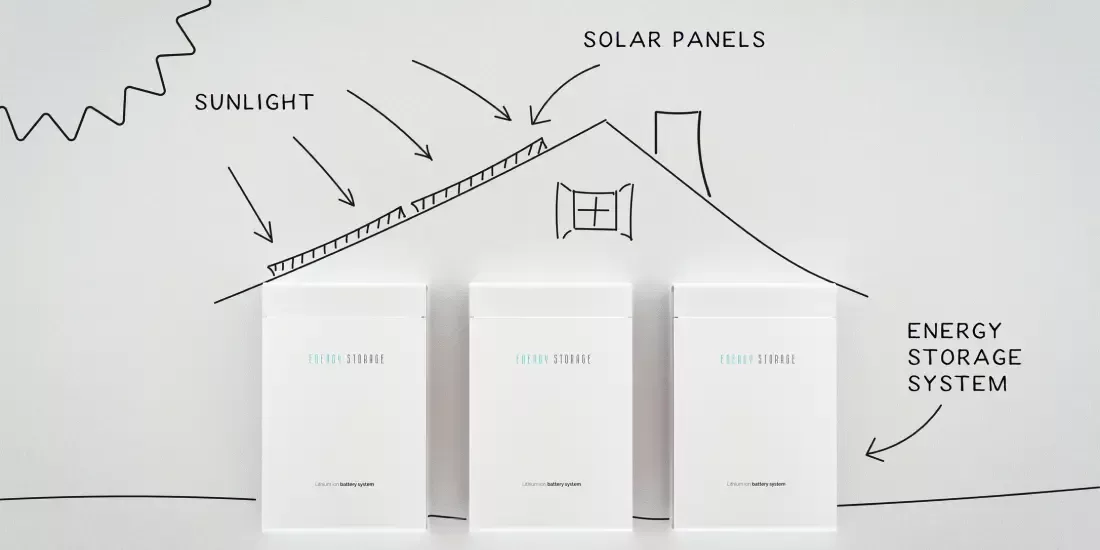
What's On This Page?
Click the links below and head straight to a specific section of the article.
- How Does Solar Panels With Battery Storage Work?
- Production of Batteries for Solar Panels
- How Long Do Solar Panel Batteries Last?
- How Much Is Battery Storage for Solar Panels?
- What Size Solar Battery System Do I Need?
- Benefits and Drawbacks of Using Batteries for Solar Panels
- Can You Retrofit Solar Batteries?
How Does Solar Panels With Battery Storage Work?
During daylight hours, solar panels produce electricity using the power of the Sun. Any unused energy is exported back to the national grid, which pays you. Unless you’re at home when your solar panels are generating this electricity, you won’t benefit. This is where battery storage systems for solar panels come in.
A solar battery captures any electricity generated by your solar panels throughout the day. It charges up during peak times and becomes a bank that you can tap into when you need it. As higher electricity use is in the early morning and evening, you can make use of this renewable resource when energy generation is not possible. Battery storage for solar panels comes in a variety of types, sizes and designs, offering you flexibility to work with your solar array.
Production of Batteries for Solar Panels
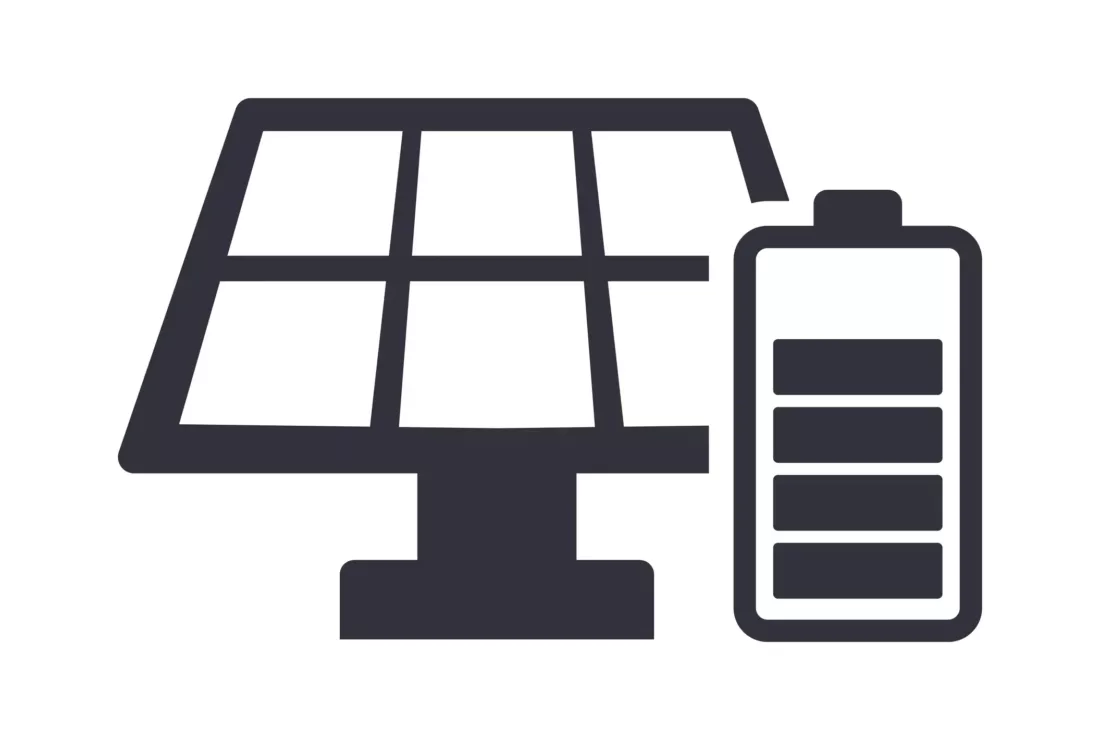
There are environmental concerns with the production of solar batteries. As well as the contribution to e-waste, which is becoming a more prevalent modern day issue, the materials used to produce battery storage for solar panels can also be problematic. These batteries are usually made with lithium, and 77% of all batteries are manufactured in China, where coal is used as the primary energy source. However, there is evidence to suggest that lithium-ion batteries offer a much more environmentally friendly alternative than other battery technologies.
Lithium Replacement
The global lithium shortage has hampered the world’s transition to EVs and battery storage for solar panels. However, efforts have been made to find replacements and alternatives. Iron-air batteries have been developed by Form Energy, of MIT fame, and are 10 times as cheap as their lithium counterparts.
Iron is incredibly abundant throughout the world and these batteries for solar panels have the potential to last longer than lithium-ion. They also aren’t highly flammable, which makes them safer. The production of iron-air batteries is expected to start from 2024 in America, which could then spread to other areas of the world as alternatives for lithium are considered. In the meantime, lithium is still the best material for battery storage for solar panels.
How Long Do Solar Panel Batteries Last?
All rechargeable batteries, regardless of type, come with a limited lifespan. The constant charging and discharging cycles degrade the efficiency ever so slightly every time. Eventually, the battery will no longer be able to hold the same amount of charge as it did when it was new and need to be replaced due to inefficiency. The usable capacity of your energy storage will degrade as it is used by a fraction each time. As technology has advanced, so has battery storage for solar panels.
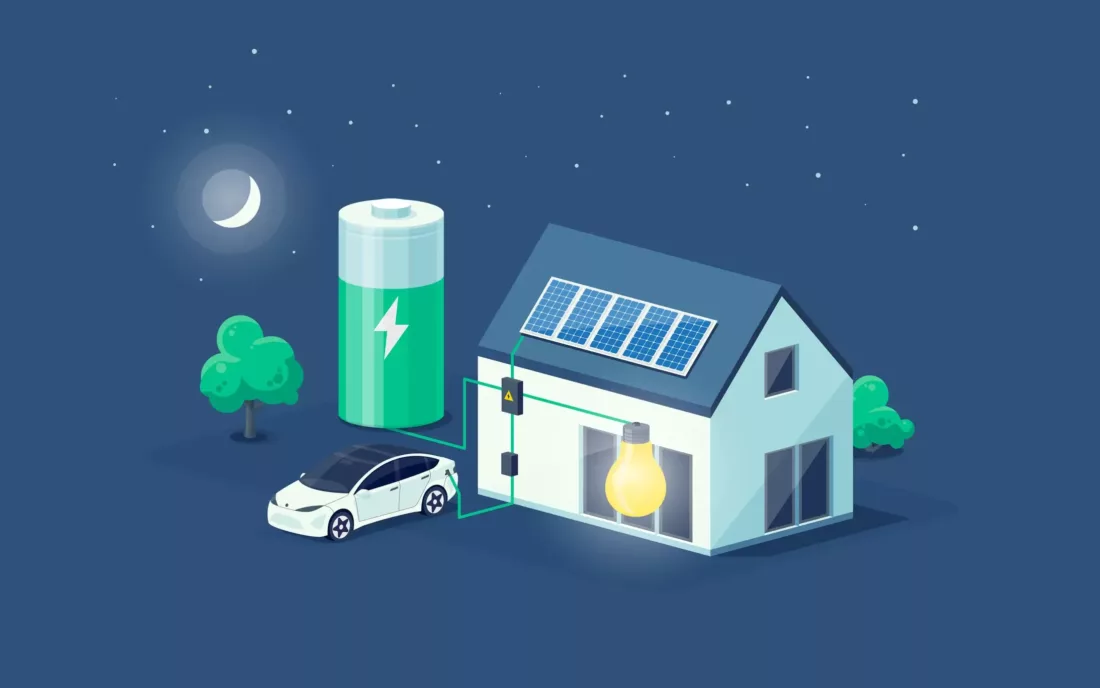
Most new battery storage systems come with a 10 year warranty, although they can last for 15 years. Lithium-ion battery storage for solar panels are the top-of-the-range and feature 11-15 year lifespans. Lead-acid batteries are also available for a cheaper price, but these don’t last as long. Lead-acid batteries for solar panels only last between 5-8 years, which can be half of what you’d get with a lithium-ion battery.
Depth of Discharge (DoD)
The DoD refers to how much you can safely discharge your battery before you should recharge it. The lifespan of battery storage for solar panels can be lowered much faster if you ignore the DoD. The higher the stated DoD from the manufacturer, the more of the battery’s capacity you will be able to use. Over the years, the usable capacity will get less and less, which is why it makes sense to replace your battery system after a certain amount of time.
As an example, a 6.5kW battery storage for solar panels that has a DoD of 95% will only be able to use 6.17kW. The reason behind this is that discharging any more electricity from the battery will damage its recharging and storing capabilities. The more damage battery storage systems suffer, the less usable capacity will be available. For best results, the higher the specified DoD, the more power you can safely use from the battery.
How Much Is Battery Storage for Solar Panels?
Lithium-ion batteries for solar panels will cost you more, but they last longer and are more advanced than lead-acid versions. Some manufacturers can offer solar batteries for relatively competitive amounts, but you will need to pay at least a few thousand pounds for them.
You can see relative costs of a storage battery for solar panels in the interactive graph below.
What Size Solar Battery System Do I Need?
If you’re thinking of purchasing battery storage for solar panels, it is important to choose the right storage capacity to suit your needs. If you’re making use of solar energy throughout the day, then a larger battery won’t be of much use to you, as you’ll be decreasing the amount you can reasonably save. If you’re looking to capture all energy generated throughout the day, a solar battery that’s double the kilowatt peak (kWp) of your solar array will work best.
4kWp
A solar array with a 4kWp capacity will generate about 8kW of power throughout the day, which means that you’ll need battery storage for solar panels with a capacity of 8-9kW. This will allow you to capture the maximum amount of electricity that you’re generating. Any extra energy generated on top of this can then be sold back to the grid.
10 and 20kWp
10kW battery storage for solar panels will be needed for a 5kWp system, and at least 20kW will be needed for a 10kWp array. The rule of thumb for solar batteries is that you’ll require at least double the kilowatt peak of your solar panels in order to get the most benefit out of them. Anything less than this and you won’t have as much spare electricity to use when you need it. Anything more and your system will struggle to fully charge the battery, wasting the benefits you would otherwise receive.
Increase Solar Battery Storage
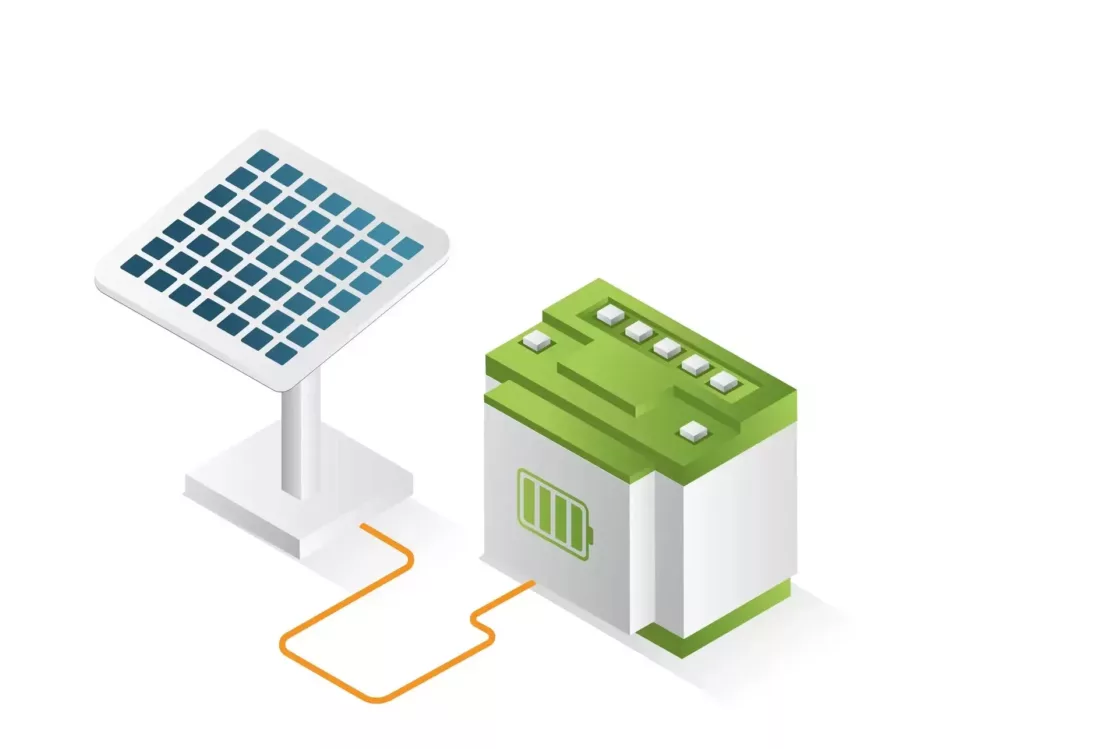
Fortunately, some manufacturers offer stackable storage batteries, which can make it easier to increase your electricity capacity if you need to. Battery storage for solar panels is customisable to suit you. Some are floorstanding, while others are wall mounted. Being stackable, some batteries save on space and easily fit on top of each other into a neat stack. Your storage battery for solar panels can work to suit you and your needs.
What Will Your Battery Storage for Solar Panels Be Used For?
Before you buy solar panels with battery storage, it’s important to consider what you’ll be using the electricity for. EVs can be charged using solar power, but this will reduce or completely consume any stored energy, not allowing you to use it for anything else.
The best way to figure out how much you might need or use is to get a smart meter. This will display how much electricity you use, helping you understand how battery storage for solar panels can help. If your typical usage would be covered (or mostly covered) by the captured electricity, then you will benefit from a solar battery.
Benefits and Drawbacks of Using Batteries for Solar Panels
Pros of Solar Batteries
Lower utility bills
Free electricity when needed
Save money by exporting unused energy
Power cut back-up
Reduced carbon footprint
Less dependence on the grid
Cons of Solar Batteries
Big upfront cost
Space needed
Shorter lifespan than solar panels
Benefits
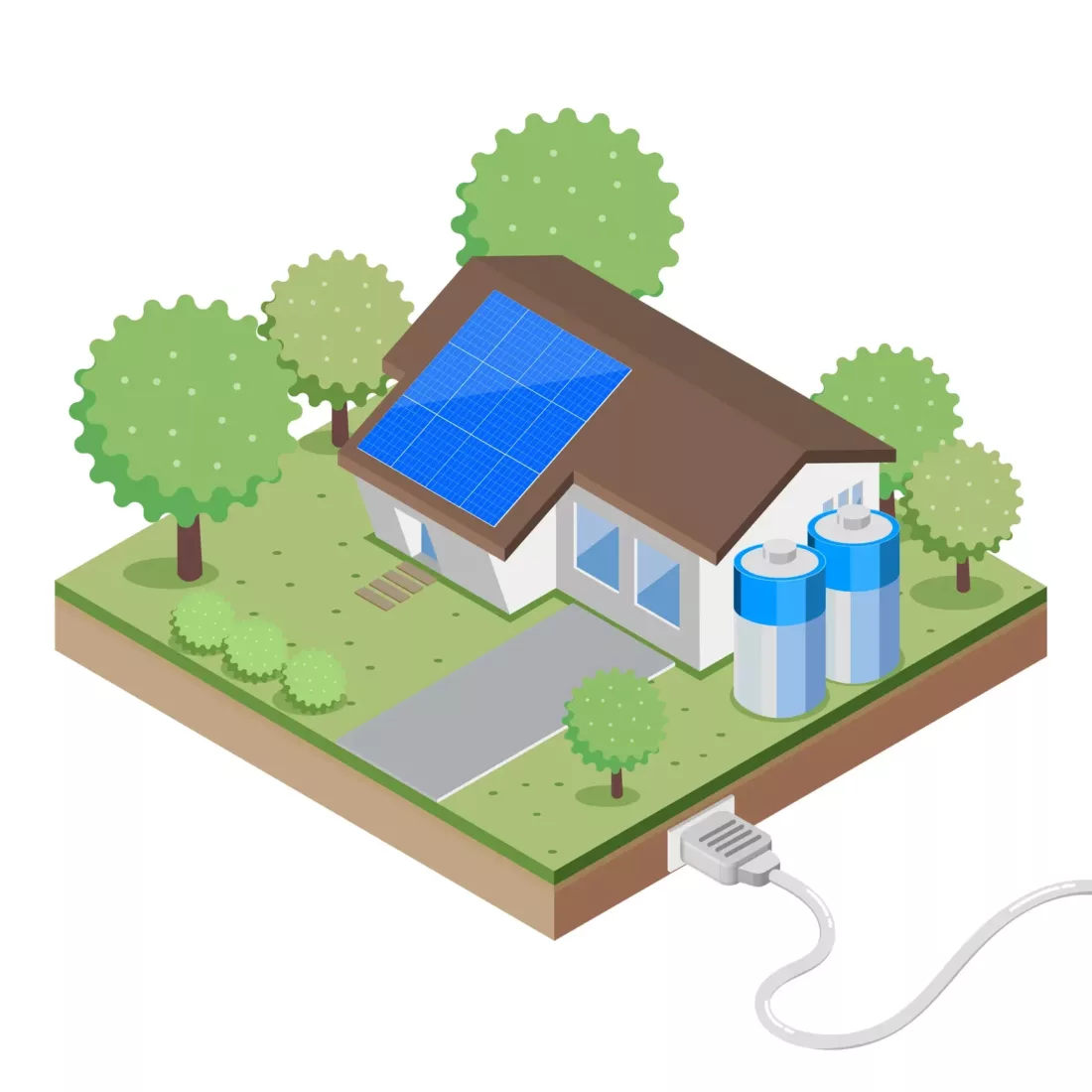
Battery storage for solar panels helps you rely less on National Grid, which lowers your carbon footprint and protects you more easily from price hikes. By having your own reserve of energy already stored, you won’t have to pay anything to access it, and can even get money back from exporting it to the grid.
The biggest operating government solar panel incentive is the Smart Export Guarantee (SEG), which pays you for electricity you export to the grid. All large energy manufacturers are obligated to offer a price above £0, so most offer a few pence per kWh. However, Octopus Energy is leading the race with 15p/kWh for its customers. Other, agile export tariffs can offer you a better deal than this, so it pays to shop around. When it comes to making the most of your storage battery for solar panels, a good SEG rate can do wonders.
Another benefit to battery storage for solar panels is that, providing your system is operating and capturing energy as it should, you won’t have to worry about power cuts. Your stored energy is separate from the grid and you can tap into it when you need it.
Drawbacks
The biggest downside of battery storage for solar panels is the high price tag. Not only will you need to pay at least a few thousand pounds to purchase one, but their lifespan is not as long as the actual solar panels themselves. This means that you will have to replace a solar battery at least once before you need to replace your panels.
As well as this, you will need to think about where you’re going to store them. If there is no area inside, solar batteries can be fitted outside, but this can shorten their lifespan. Presented to the elements and weathering, externally fitted battery storage for solar panels don’t perform their best and run down more quickly.
Can You Retrofit Solar Batteries?
The good news is that even if you want to install a solar panel system in your home, you don’t need to think about getting a solar battery at the same time. Battery storage for solar panels is designed to be fitted at any point in the installation process, so you can always buy them at a later date. Solar panels are worth benefitting from renewable energy, but battery storage is even more worthwhile so you can use as much of this energy as possible.
The storage capacity for solar batteries is only ever increasing as they are developed. Although the usable capacity will deplete over time, getting the most amount of storage for your household is crucial. Too much and you won’t benefit from the full amount, but not enough and you won’t see a visible reduction in your energy bills.
Ready to invest in a storage battery for your solar panels? Click on the button below to get started.
Related articles
View all Solar Panel articles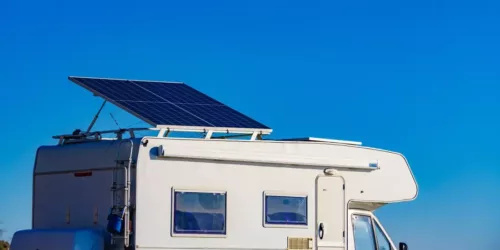
A Complete Guide to Caravan Solar Panels
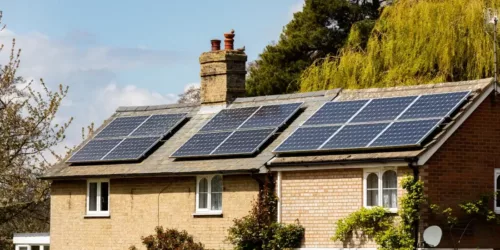
Are Solar Panels Worth It in Wales?

Project Solar UK: Company Overview
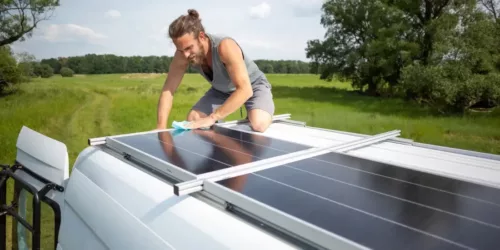
Solar Panel Kits Explained - Everything You Need to Know
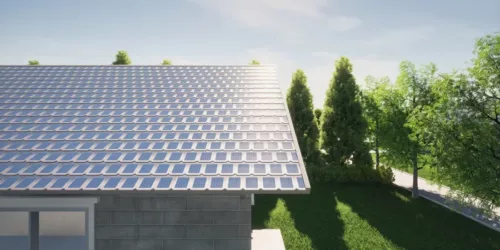
Are Solar Roofing Tiles Worth It?
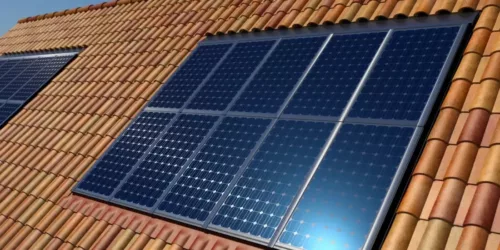
A Complete Guide to Roof Integrated Solar Panels
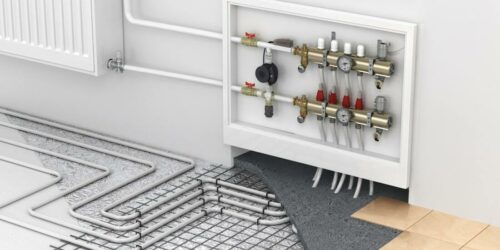
Pros and Cons of Underfloor Heating You Weren’t Aware Of







